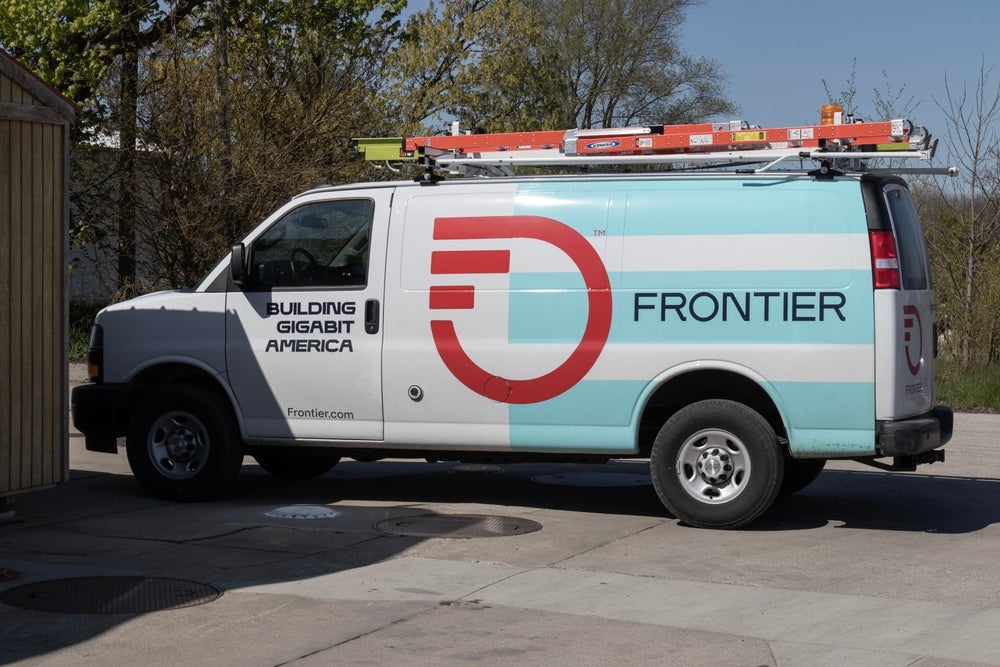T-Mobile may have fired the starting gun on the opening round of upper-tier US fibre consolidation with its pair of joint venture (JV) announcements months earlier, but Verizon’s September 2024 announcement regarding its planned acquisition of Frontier Communications marks an important escalation of what will likely be multiple waves of tie-ups.
There’s a veritable legion of fibre overbuilders breaking ground across the US, which is why market observers largely consider consolidation a matter of “when” rather than “if.” Such consolidation, after all, would allow the telco behemoths to supercharge their fibre footprints while giving the private money investors backing those smaller builders a nice return on fibre deployments that can often prove drawn-out, expensive, and subject to bottlenecks at the local permitting office.
The long-tailed competitive advantage of being the only fibre operator in town is substantial. In fact, it’s that advantage – and the potential to lock down a churn-resistant subscriber base with future-proof access technology – which tends to get the fibre build engines running in the first place. And, it’s the fear of missing out on that advantage – or worse, seeing it go to a competitor – that’ll ensure more JVs and acquisitions are in the offing.
Verizon still trails AT&T – but for how long?
Prior to announcing its decision to plunk down $20bn to acquire Frontier Communications, Verizon had long seemed content simply to buttress its fibre foothold in the Northeast and Mid-Atlantic US with another 400,000 or so passings per year. The Frontier deal, however, will see Verizon adding fibre infrastructure in 25 states, including significant portions of the Southwest and Midwest.
That said, while acquiring Frontier (currently the largest pure-play fibre internet provider in the US) will go a long way toward closing the gap, the expensive infusion will still leave Verizon trailing AT&T’s fibre deployment in the US.
AT&T looks to remain the clubhouse leader once the Verizon ink dries
AT&T reported 27.8 million total fibre passings at the end of Q2, while the combination of Frontier and Verizon would sit at around 25 million.
Moreover, within days of Verizon’s Frontier announcement, AT&T made abundantly clear that the company plans to mount its own charge here. AT&T not only highlighted its intention to expand the Gigapower open-access fibre JV with BlackRock beyond the original 1.5 million passings build target, but also announced partnerships with a cadre of open-access fibre builders.
While AT&T hasn’t revised its official target of 30 million total fibre passings by end-2025, the company did note that the combination of its own buildout efforts, the Gigapower JV, and its open-access partnerships could see the operator hit 40 million to 45 million total passings by the time it’s all over.
T-Mobile isn’t done (despite demure protests to the contrary)
After kicking off the current fibre land-grab with its JV deals for Lumos (April 2024, ~$1bn) and Metronet (July 2024, ~$4.9bn), T-Mobile once again turned a bright light on its broadband efforts during its recent Capital Markets Day event, claiming its fibre projection is now 12-15 million homes passed by 2030.
Despite T-Mobile maintaining that it doesn’t currently have another fibre deal in the works, more fibre moves are certainly likely from the Un-carrier. There were subtle teasers to this effect during its presentation, most notably during the 2027 financial projections from CEO Mike Sievert.
In outlining the substantial amount of capital projected to be available after its dividend payout, share repurchases, and the close of its current slate of deals, the CEO gleefully pointed out the company would have $20bn left for potential investment; the fact that the capital on hand would match the total Verizon just offered for Frontier was lost on few.
And now comes the courting and sparking…
The fibre consolidation race is on – or the first wave, at least, before the US government’s $42.45bn in broadband infrastructure funding starts flowing.
Once the associated years-long build processes get underway, there’s likely to be some slowdown in the tie-up activity when everybody’s got shovels in the dirt. Also, it’s important to note that there are several levels of consolidation before one arrives at the upper-tier providers, starting with the flotilla of smaller players that must get lashed together into larger regional operations before in turn being acquired by yet larger operators.
In the interim, players like Lumen and Ziply Fiber with appreciable scale and fibre installed bases are polishing up fibre assets and balance sheets in preparation for whatever suitors haven’t already come calling.










